Review on Stress-Fractional Plasticity Models
Abstract
:1. Introduction
2. Progress in FP
2.1. FP-n: The Role of Past SLS
2.1.1. Modelling of Soils
2.1.2. Modelling of Rocks
2.1.3. Numerical Schemes
| Algorithm 1: Flowchart of the NICE algorithm for the fractional model |
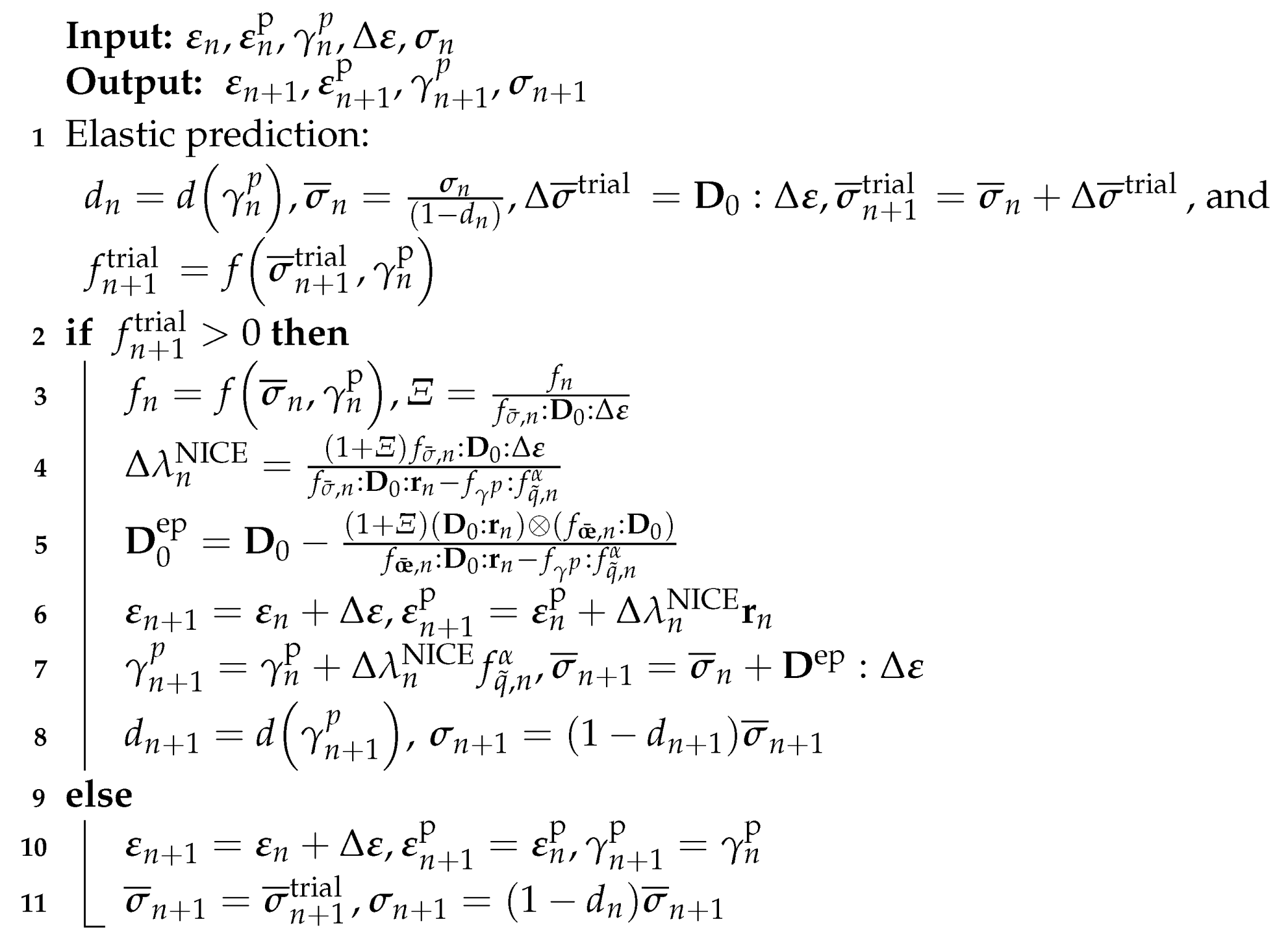 |
2.2. FP-sn: The Role of Future Reference Critical State
3. FP-m: The Role of Past and Future Stress States
Development of FP-m
- •
- Case AIt can be found that if = 1 in Equation (40), then n = 1 and the stress-dilatancy relation reduces to the classic MCC-based one shown below, irrespective of , , and .
- •
- Case BIf one assumes that the SLSs of past and future stress states are equivalent, i.e., = and = , then, the stress-dilatancy relation in Equation (40) can have two possible forms for . The first form can be obtained when , which also indicates that n = 1. Thus, Equation (40) can be derived as:where it can be found that the future and past stress states contributes to the dilatancy of geomaterial by multiplying the original MCC-based dilatancy ratio with a factor of . Equation (42) can be further simplified by assuming that the SLSs, and , such that:where , is a model parameter, indicating the upward or downward shifting of the dilatancy curve, as shown in Figure 12. With the increase of , the dilatancy ratio at the same stress level increases. As increases, the dilatancy ratio varies. Note that a similar empirical stress-dilatancy relation was also suggested for modelling crushable soil [55], which can be derived from Equation (42) by assuming a constant value of , e.g., .
4. Conclusions
- Based on the simulation results for geomaterials, the FP-n approach was found to be more effective than the associated flow rule. However, it is difficult for the original FP-n approach to consider state dependence unless an empirical state parameter was introduced. Hence, the FP-sn approach was developed to consider both state dependence and nonassociated plastic flow without using state parameter or additional plastic potential. Moreover, the FP-sn approach can predict a higher volumetric dilatancy of granular soil, due to its large elastic region at the ‘dry’ side of the critical state line.
- Further analytical work should be needed to propose a modified FP-sn approach by using a yielding surface with a reduced elastic region. Due to the dependence of both past and future stress states on material flow, the FP-m approach was also suggested, where several specific cases of the FP-m based dilatancy relation were discussed, with regard to the role of SLS.
- In future work, the fractional anisotropic damage model can be further studied based on the fractional plastic damage model mentioned in this paper. Moreover, combining with peridynamics and phase field methods, numerical implementation of fractional constitutive model will be an important research direction. By means of a physics-based deep neural network, fractional models can provide a novel sight for challenges faced in multiscale plasticity.
Author Contributions
Funding
Data Availability Statement
Conflicts of Interest
Appendix A
References
- Gao, Y.; Wu, Y.; Li, D.; Liu, H.; Zhang, N. An improved approximation for the spectral representation method in the simulation of spatially varying ground motions. Probabilistic Eng. Mech. 2012, 29, 7–15. [Google Scholar] [CrossRef]
- Zhang, F.; Gao, Y.; Wu, Y.; Zhang, N. Upper-bound solutions for face stability of circular tunnels in undrained clays. Géotechnique 2018, 68, 76–85. [Google Scholar] [CrossRef]
- Been, K.; Jefferies, M. Stress dilatancy in very loose sand. Can. Geotech. J. 2004, 41, 972–989. [Google Scholar] [CrossRef]
- Been, K.; Jefferies, M.G. A state parameter for sands. Géotechnique 1985, 35, 99–112. [Google Scholar] [CrossRef]
- Van Der Veen, H.; Vuik, C.; De Borst, R. An eigenvalue analysis of nonassociated plasticity. Comput. Math. Appl. 1999, 38, 107–115. [Google Scholar] [CrossRef] [Green Version]
- Lade, P.V.; Nelson, R.B.; Ito, Y.M. Nonassociated flow and stability of granular materials. J. Eng. Mech. 1987, 113, 1302–1318. [Google Scholar] [CrossRef]
- Yu, H.; Khong, C.; Wang, J.; Zhang, G. Experimental evaluation and extension of a simple critical state model for sand. Granul. Matter 2005, 7, 213–225. [Google Scholar] [CrossRef]
- Shi, X.; Zhao, J.; Gao, Y. A homogenization-based state-dependent model for gap-graded granular materials with fine-dominated structure. Int. J. Numer. Anal. Methods Geomech. 2021, 45, 1007–1028. [Google Scholar] [CrossRef]
- Wood, D.M. Soil Behaviour and Critical State Soil Mechanics; Cambridge University Press: Cambridge, UK, 1990. [Google Scholar]
- Ezzat, M.; El-Bary, A. Unified fractional derivative models of magneto-thermo-viscoelasticity theory. Arch. Mech. 2016, 68, 285–308. [Google Scholar]
- Zenkour, A.; Abouelregal, A. The fractional effects of a two-temperature generalized thermoelastic semi-infinite solid induced by pulsed laser heating. Arch. Mech. 2015, 67, 53–73. [Google Scholar]
- Raslan, W. Application of fractional order theory of thermoelasticity to a 1D problem for a cylindrical cavity. Arch. Mech. 2014, 66, 257–267. [Google Scholar]
- Dinzart, F.; Lipiński, P. Improved five-parameter fractional derivative model for elastomers. Arch. Mech. 2009, 61, 459–474. [Google Scholar]
- Sumelka, W. A note on non-associated Drucker-Prager plastic flow in terms of fractional calculus. J. Theor. Appl. Mech. 2014, 52, 571–574. [Google Scholar]
- Sumelka, W. Fractional viscoplasticity. Mech. Res. Commun. 2014, 56, 31–36. [Google Scholar] [CrossRef]
- Sun, Y.; Sumelka, W. Multiaxial stress-fractional plasticity model for anisotropically overconsolidated clay. Int. J. Mech. Sci. 2021, 205, 106598. [Google Scholar] [CrossRef]
- Lu, D.; Liang, J.; Du, X.; Ma, C.; Gao, Z. Fractional elastoplastic constitutive model for soils based on a novel 3D fractional plastic flow rule. Comput. Geotech. 2019, 105, 277–290. [Google Scholar] [CrossRef] [Green Version]
- Lu, D.; Zhou, X.; Du, X.; Wang, G. A 3D fractional elastoplastic constitutive model for concrete material. Int. J. Solids Struct. 2019, 165, 160–175. [Google Scholar] [CrossRef]
- Qu, P.; Zhu, Q.; Sun, Y. Elastoplastic modelling of mechanical behavior of rocks with fractional-order plastic flow. Int. J. Mech. Sci. 2019, 163, 105102. [Google Scholar] [CrossRef]
- Qu, P.; Zhu, Q.; Zhao, L.; Cao, Y. A micromechanics-based fractional frictional damage model for quasi-brittle rocks. Comput. Geotech. 2021, 139, 104391. [Google Scholar] [CrossRef]
- Sumelka, W.; Nowak, M. Non-normality and induced plastic anisotropy under fractional plastic flow rule: A numerical study. Int. J. Numer. Anal. Methods Geomech. 2016, 40, 651–675. [Google Scholar] [CrossRef]
- Sumelka, W.; Nowak, M. On a general numerical scheme for the fractional plastic flow rule. Mech. Mater. 2018, 116, 120–129. [Google Scholar] [CrossRef]
- Perzyna, P. The constitutive equations for rate sensitive plastic materials. Q. Appl. Math. 1963, 20, 321–332. [Google Scholar] [CrossRef] [Green Version]
- Sun, Y.; Shen, Y. Constitutive model of granular soils using fractional-order plastic-flow rule. Int. J. Geomech. 2017, 17, 04017025. [Google Scholar] [CrossRef]
- Sun, Y.; Gao, Y.; Zhu, Q. Fractional order plasticity modelling of state-dependent behaviour of granular soils without using plastic potential. Int. J. Plast. 2018, 102, 53–69. [Google Scholar] [CrossRef]
- Le, L.A.; Nguyen, G.D.; Bui, H.H.; Andrade, J.E. Modelling the influence of fines content on the instability of silty sands considering grain scale interactions. Int. J. Plast. 2021, 143, 103020. [Google Scholar] [CrossRef]
- Nguyen, H.; Rahman, M.; Fourie, A. Effect of particle shape on constitutive relation: DEM study. J. Geotech. Geoenvironmental Eng. 2020, 146, 04020058. [Google Scholar] [CrossRef]
- Nguyen, H.B.K.; Rahman, M.M.; Fourie, A. The critical state behaviour of granular material in triaxial and direct simple shear condition: A DEM approach. Comput. Geotech. 2021, 138, 104325. [Google Scholar] [CrossRef]
- Sun, Y.; Gao, Y.; Shen, Y. Mathematical aspect of the state-dependent stress–dilatancy of granular soil under triaxial loading. Géotechnique 2019, 69, 158–165. [Google Scholar] [CrossRef]
- Polizzotto, C. Nonlocal elasticity and related variational principles. Int. J. Solids Struct. 2001, 38, 7359–7380. [Google Scholar] [CrossRef]
- Patnaik, S.; Semperlotti, F. A generalized fractional-order elastodynamic theory for non-local attenuating media. Proc. R. Soc. A 2020, 476, 20200200. [Google Scholar] [CrossRef]
- Sun, Y.; Gao, Y.; Song, S. Effect of integrating memory on the performance of the fractional plasticity model for geomaterials. Acta Mech. Sin. 2018, 34, 896–901. [Google Scholar] [CrossRef]
- Sun, Y.; Xiao, Y. Fractional order plasticity model for granular soils subjected to monotonic triaxial compression. Int. J. Solids Struct. 2017, 118, 224–234. [Google Scholar] [CrossRef]
- Wu, L.; Cheng, W.; Zhu, Z. Fractional-Order elastoplastic modeling of sands considering cyclic mobility. J. Mar. Sci. Eng. 2021, 9, 354. [Google Scholar] [CrossRef]
- Zhang, T.; Zhou, X.; Qian, Q. The peridynamic Drucker-Prager plastic model with fractional order derivative for the numerical simulation of tunnel excavation. Int. J. Numer. Anal. Methods Geomech. 2022, 46, 1620–1659. [Google Scholar] [CrossRef]
- Rahman, M.M.; Lo, S.C.; Dafalias, Y. Modelling the static liquefaction of sand with low-plasticity fines. Géotechnique 2014, 64, 881–894. [Google Scholar] [CrossRef]
- Nguyen, G.T.; Chan, E.L.; Tsuji, T.; Tanaka, T.; Washino, K. Resolved CFD–DEM coupling simulation using Volume Penalisation method. Adv. Powder Technol. 2021, 32, 225–236. [Google Scholar] [CrossRef]
- Schofield, A.N.; Wroth, P. Critical State Soil Mechanics; McGraw-Hill: London, UK, 1968; Volume 310. [Google Scholar]
- Liang, J.; Lu, D.; Zhou, X.; Du, X.; Wu, W. Non-orthogonal elastoplastic constitutive model with the critical state for clay. Comput. Geotech. 2019, 116, 103200. [Google Scholar] [CrossRef]
- Liang, J.; Lu, D.; Du, X.; Wu, W.; Ma, C. Non-orthogonal elastoplastic constitutive model for sand with dilatancy. Comput. Geotech. 2020, 118, 103329. [Google Scholar] [CrossRef]
- Verdugo, R.; Ishihara, K. The steady state of sandy soils. Soils Found. 1996, 36, 81–91. [Google Scholar] [CrossRef] [Green Version]
- Sun, Y.; Sumelka, W.; Gao, Y. Bounding surface plasticity for sand using fractional flow rule and modified critical state line. Arch. Appl. Mech. 2020, 90, 2561–2577. [Google Scholar] [CrossRef]
- Sun, Y.; Nimbalkar, S. Stress-fractional soil model with reduced elastic region. Soils Found. 2019, 59, 2007–2023. [Google Scholar] [CrossRef]
- Sun, Y.; Sumelka, W.; He, S.; Gao, Y. Enhanced Fractional Model for Soil–Structure Interface Considering 3D Stress State and Fabric Effect. J. Eng. Mech. 2022, 148, 04022054. [Google Scholar] [CrossRef]
- Wu, E.; Zhu, J.; Sun, Y.; He, S. A general plastic model for rockfill material developed by using Caputo fractional derivative. Comput. Geotech. 2022, 151, 104948. [Google Scholar] [CrossRef]
- Li, H.; Ma, B.; Zhang, S.; Sheng, D. Mechanical behaviors of soft rocks based on the fractional thermal elastic-plastic theory. Chin. J. Rock Mech. Eng. 2020, 39, 1311–1320. [Google Scholar]
- Shen, W.; Liu, S.; Xu, W.; Shao, J. An elastoplastic damage constitutive model for rock-like materials with a fractional plastic flow rule. Int. J. Rock Mech. Min. Sci. 2022, 156, 105140. [Google Scholar] [CrossRef]
- Qu, P.F.; Zhu, Q.Z. A Novel Fractional Plastic Damage Model for Quasi-brittle Materials. Acta Mech. Solida Sin. 2021, 34, 706–717. [Google Scholar] [CrossRef]
- Zhou, X.; Lu, D.; Du, X.; Wang, G.; Meng, F. A 3D non-orthogonal plastic damage model for concrete. Comput. Methods Appl. Mech. Eng. 2020, 360, 112716. [Google Scholar] [CrossRef]
- Lu, D.; Su, C.; Zhou, X.; Wang, G.; Du, X. A cohesion-friction combined hardening plastic model of concrete with the nonorthogonal flow rule: Theory and numerical implementation. Constr. Build. Mater. 2022, 325, 126586. [Google Scholar] [CrossRef]
- Halilovič, M.; Vrh, M.; Štok, B. NICE—An explicit numerical scheme for efficient integration of nonlinear constitutive equations. Math. Comput. Simul. 2009, 80, 294–313. [Google Scholar] [CrossRef]
- Zhu, Q.; Zhao, L.; Shao, J. Analytical and numerical analysis of frictional damage in quasi brittle materials. J. Mech. Phys. Solids 2016, 92, 137–163. [Google Scholar] [CrossRef]
- Li, X.S.; Dafalias, Y.F. Dilatancy for cohesionless soils. Géotechnique 2000, 50, 449–460. [Google Scholar] [CrossRef]
- Dafalias, Y.F.; Manzari, M.T. Simple plasticity sand model accounting for fabric change effects. J. Eng. Mech. 2004, 130, 622–634. [Google Scholar] [CrossRef]
- Liu, M.; Gao, Y. Constitutive modeling of coarse-grained materials incorporating the effect of particle breakage on critical state behavior in a framework of generalized plasticity. Int. J. Geomech. 2017, 17, 04016113. [Google Scholar] [CrossRef]
- Zhou, Y. Fractional evolution equations and inclusions. In Analysis and Control; Elsevier: Amsterdam, The Netherlands, 2015. [Google Scholar]
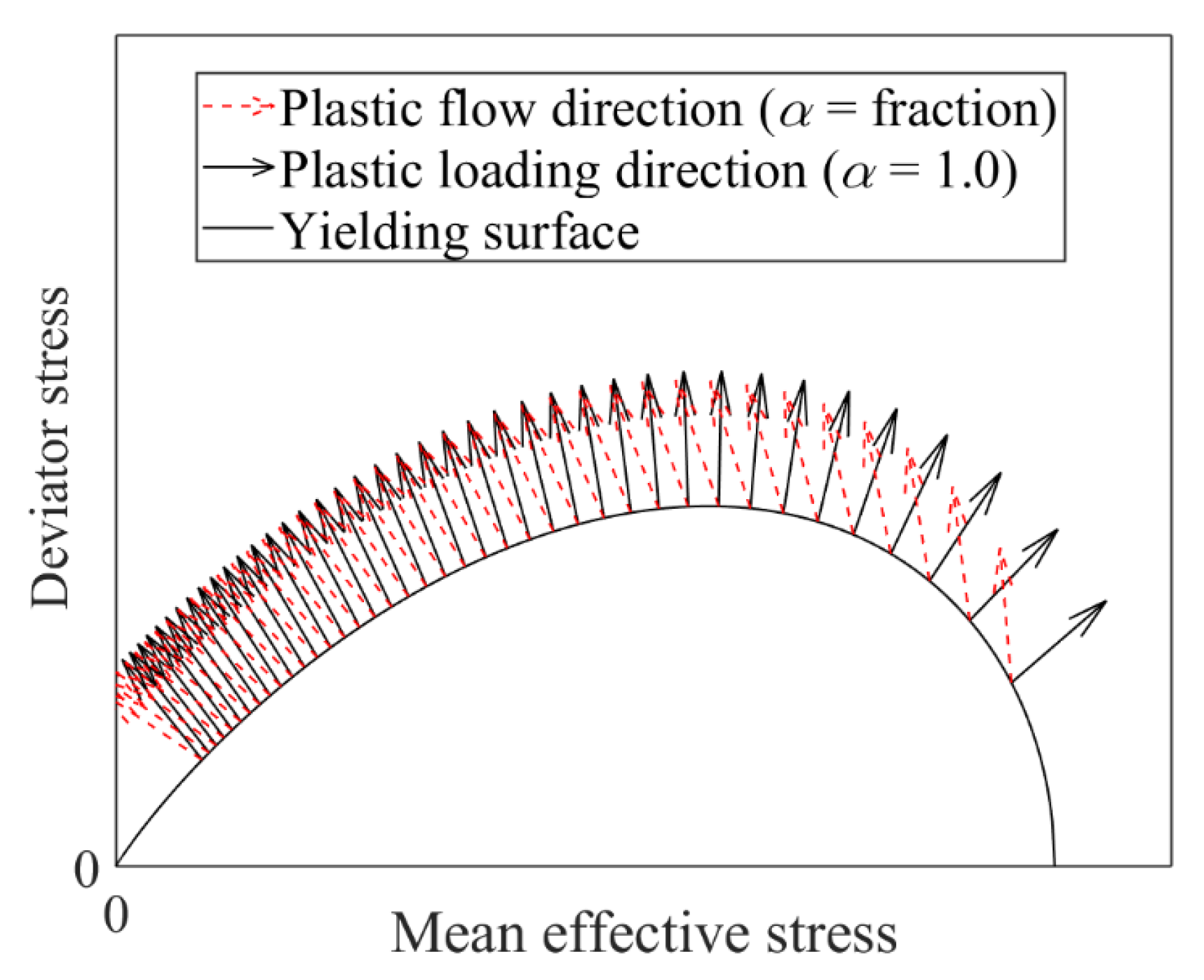
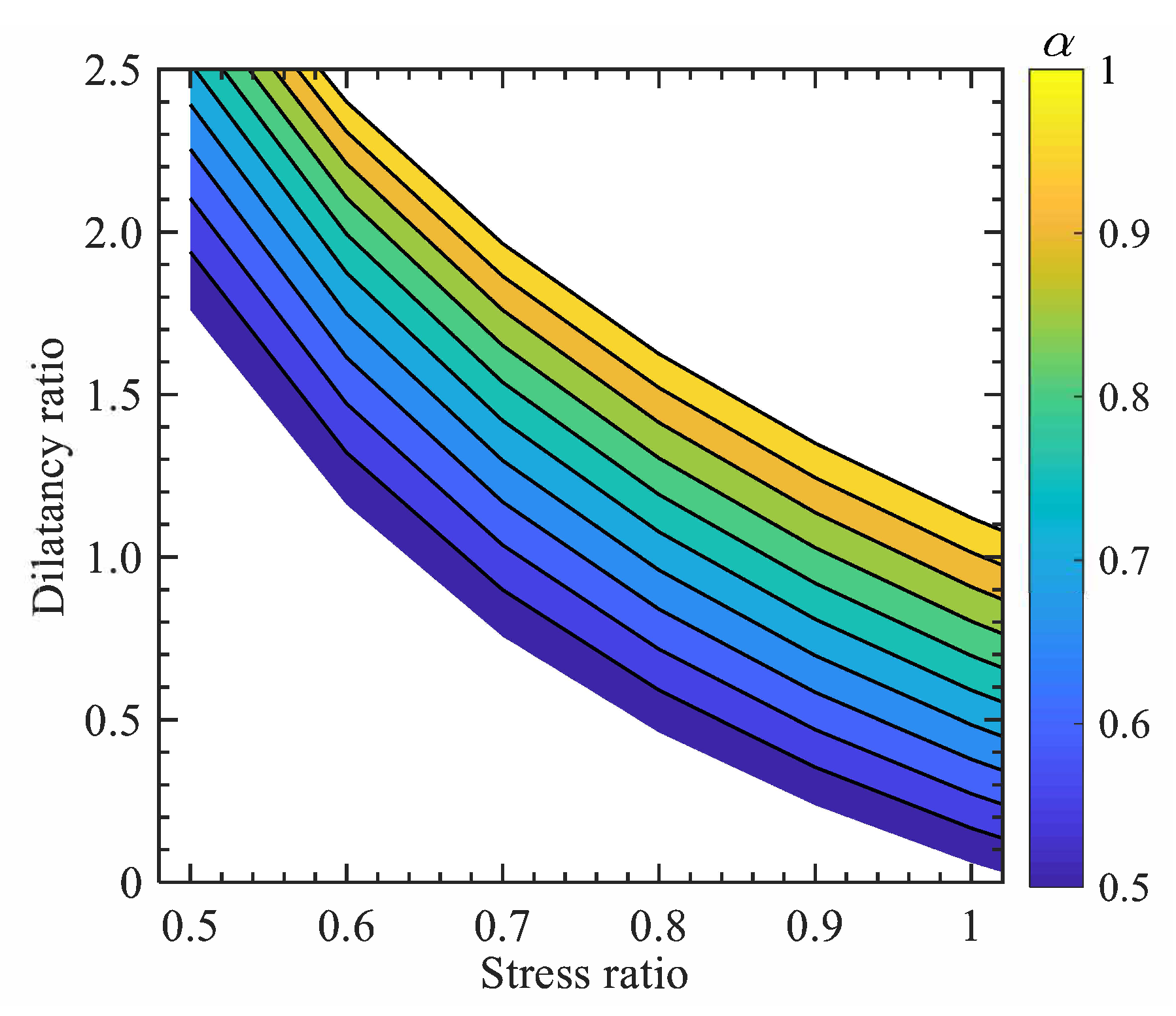
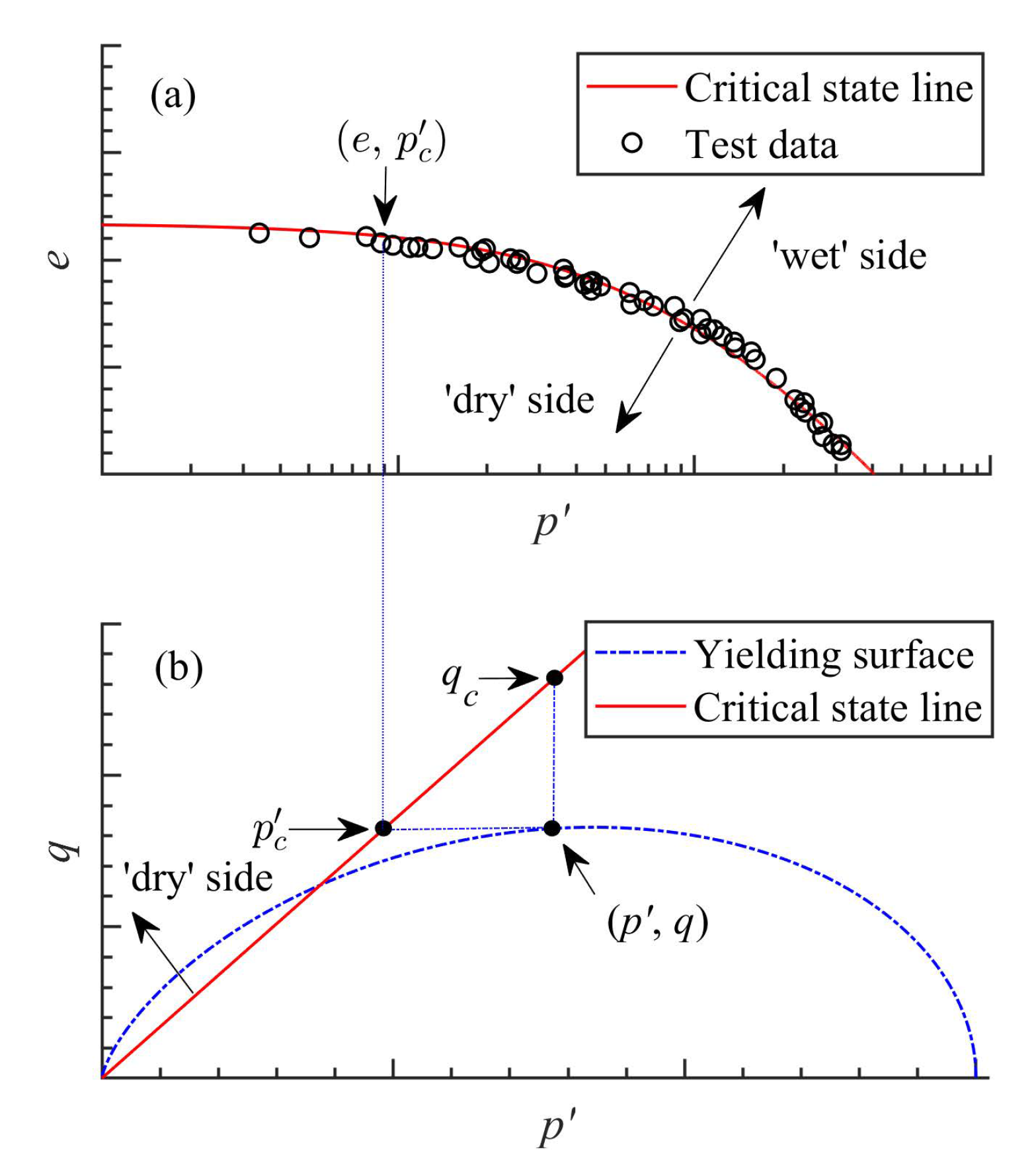

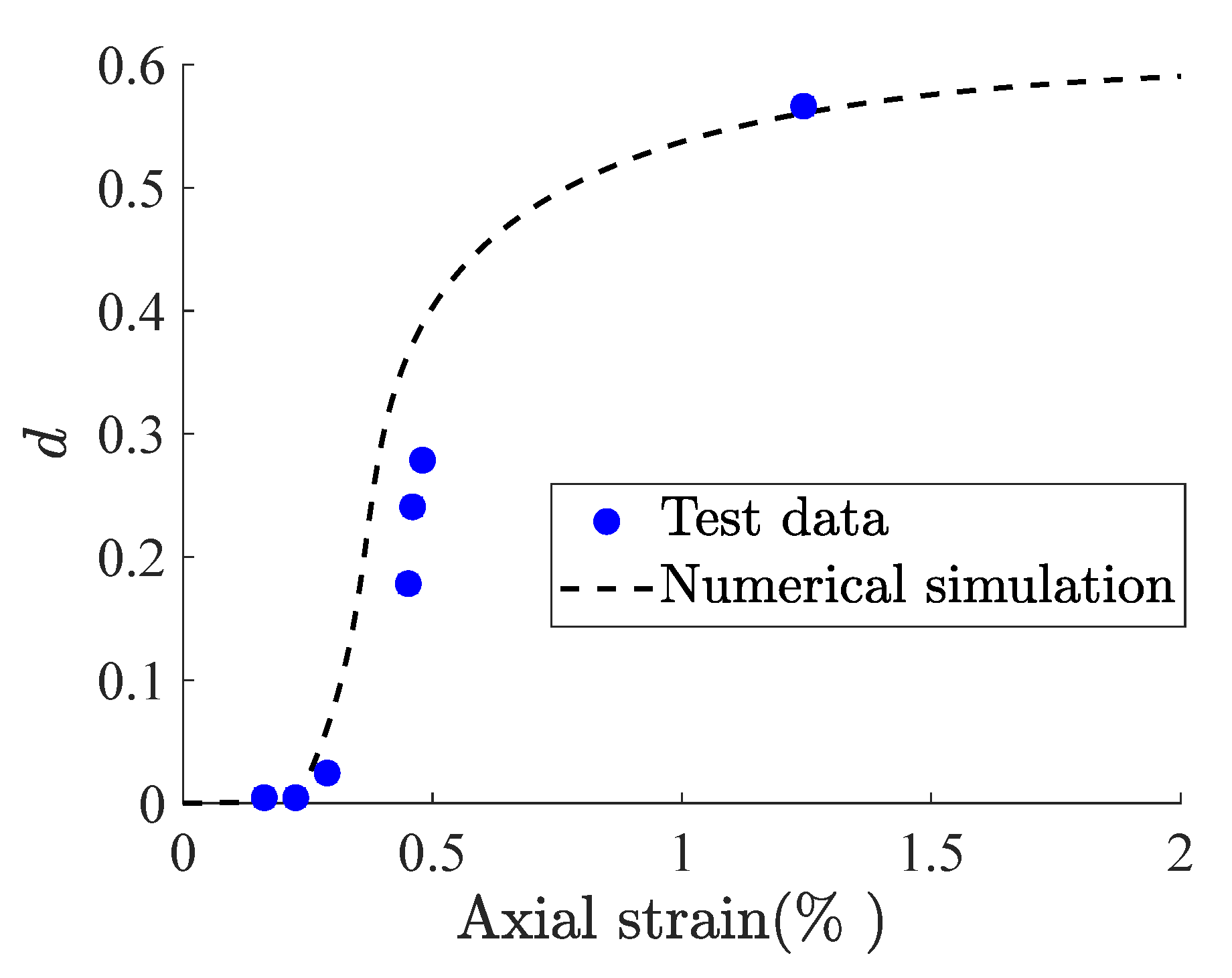
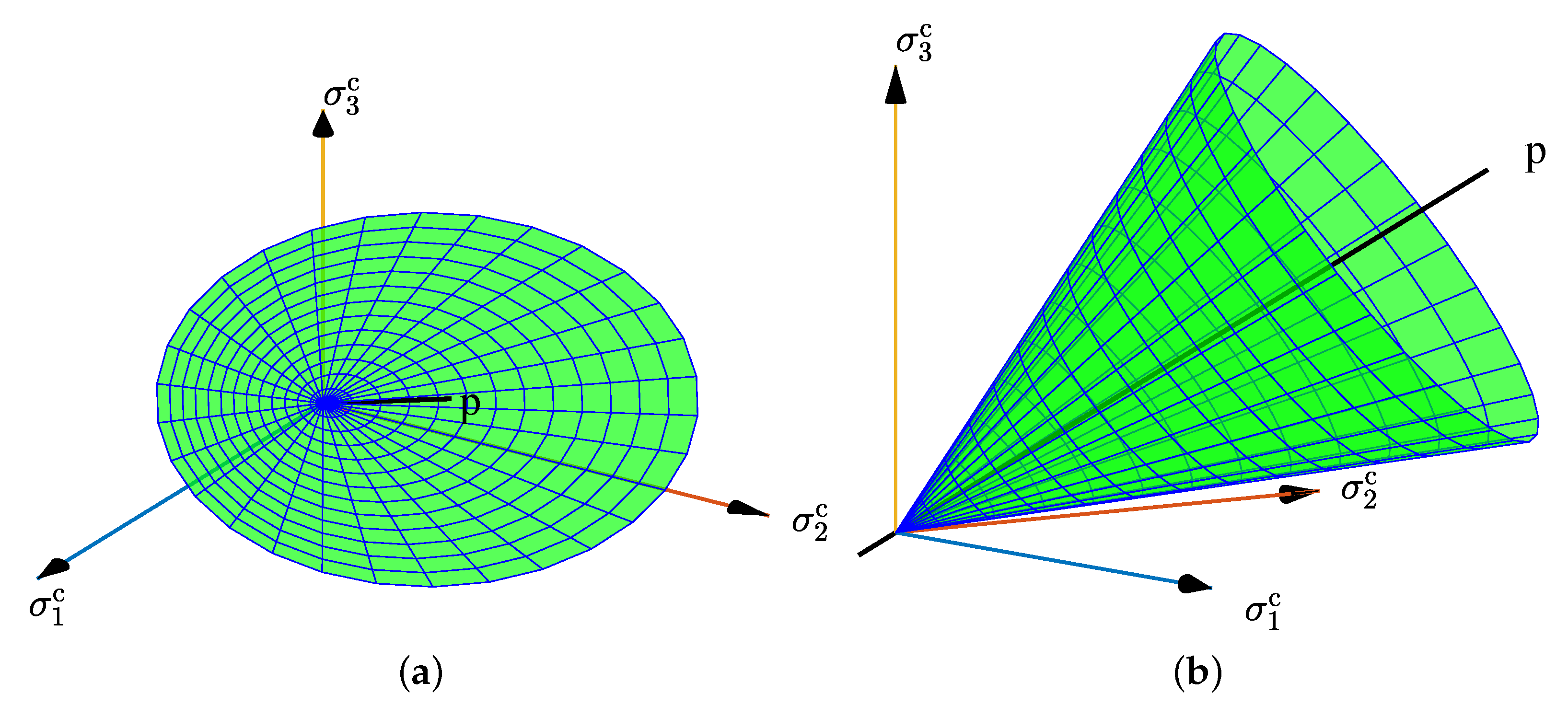

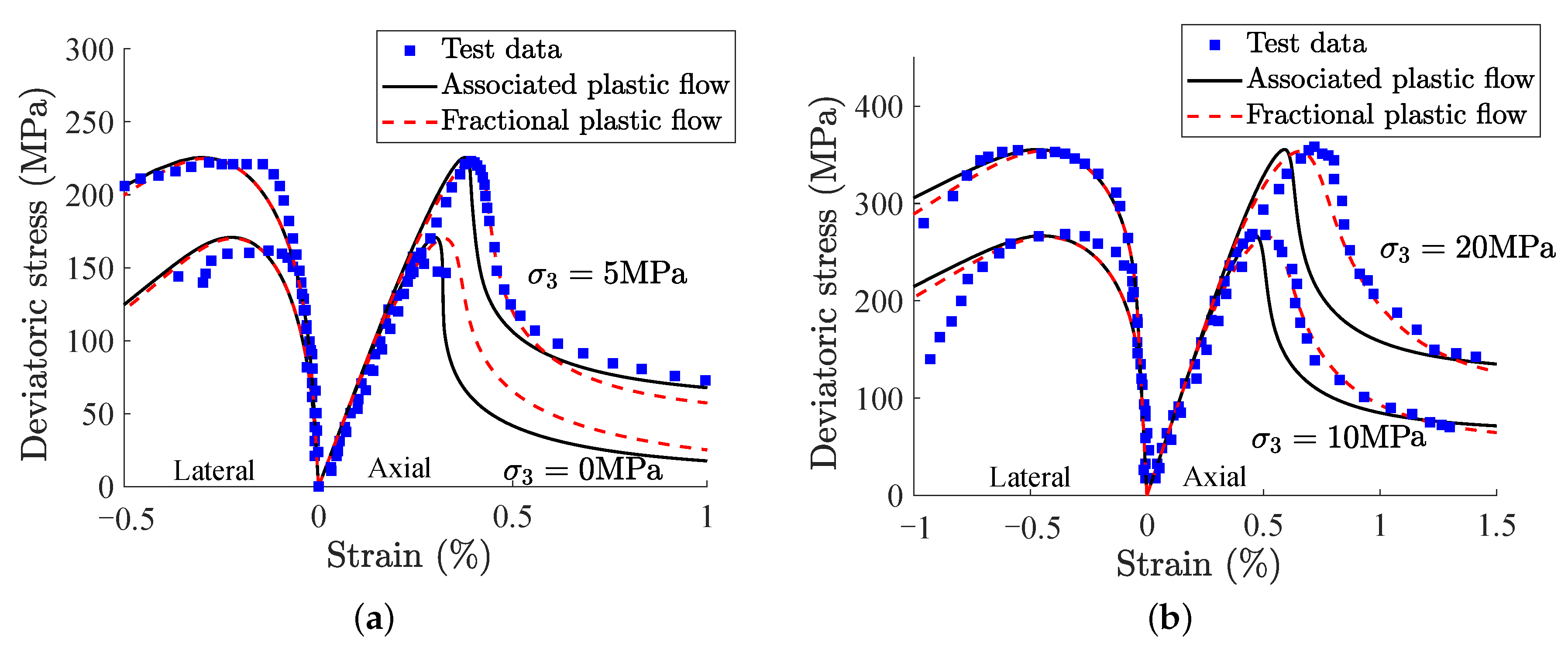
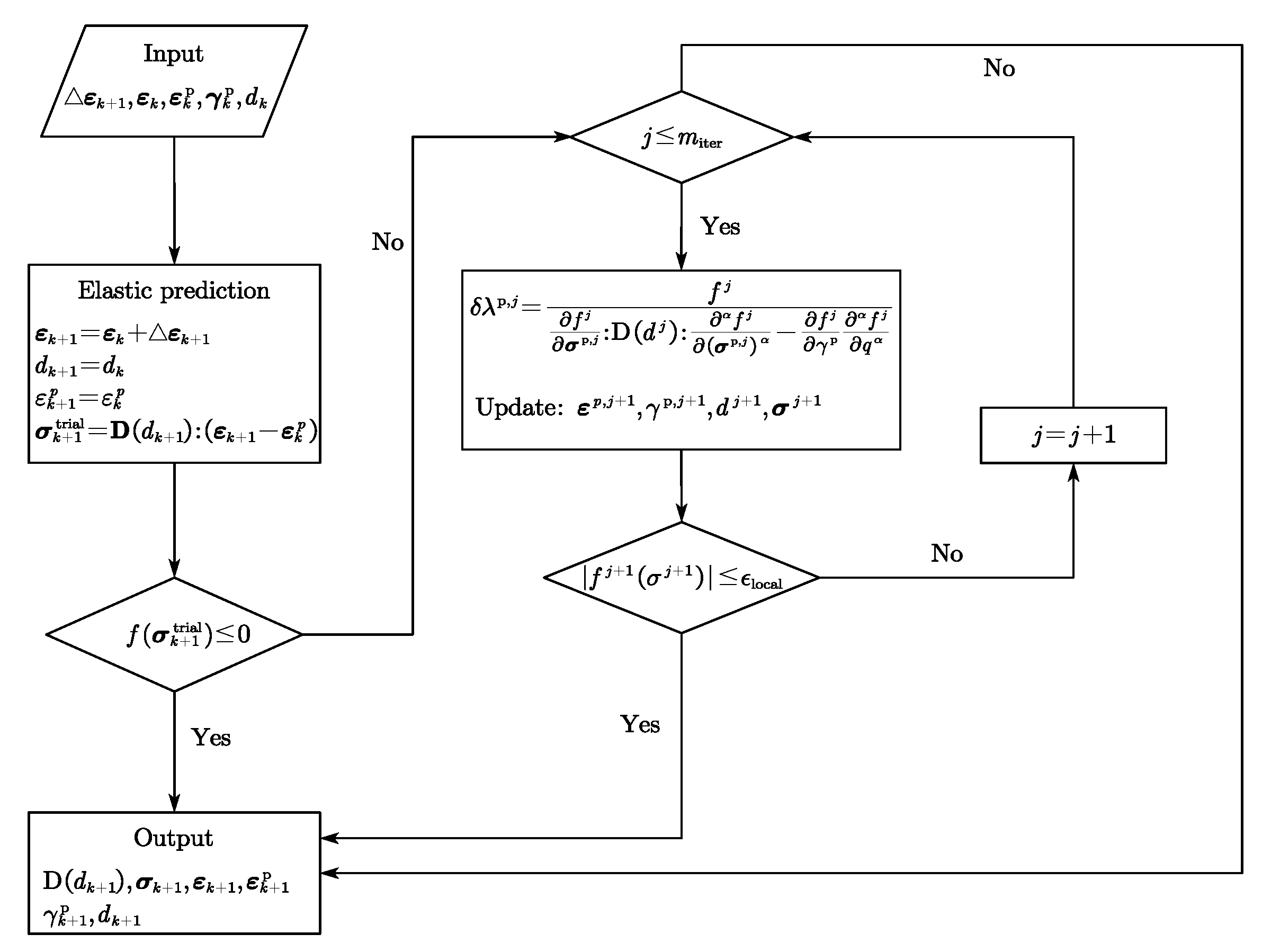
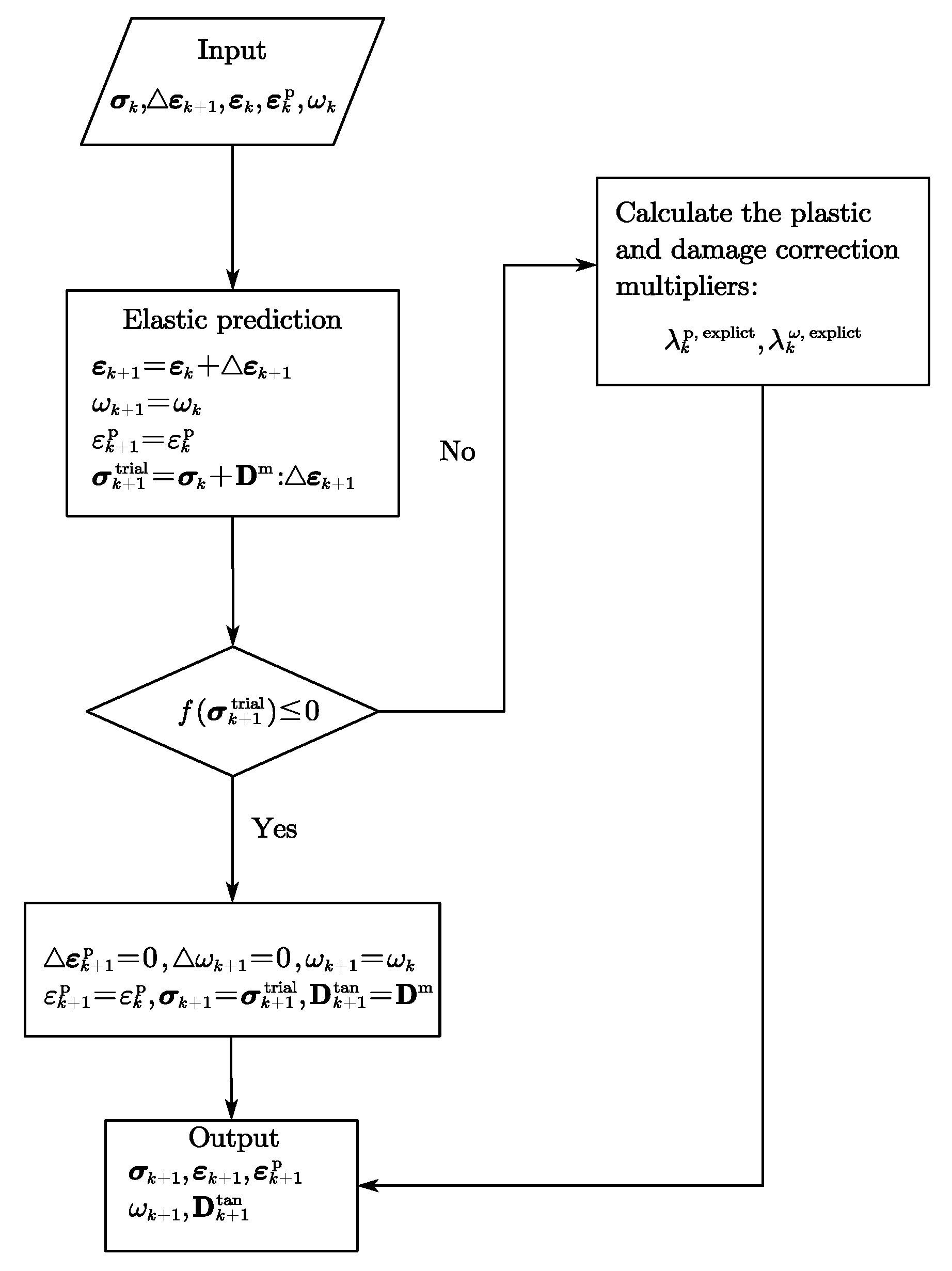
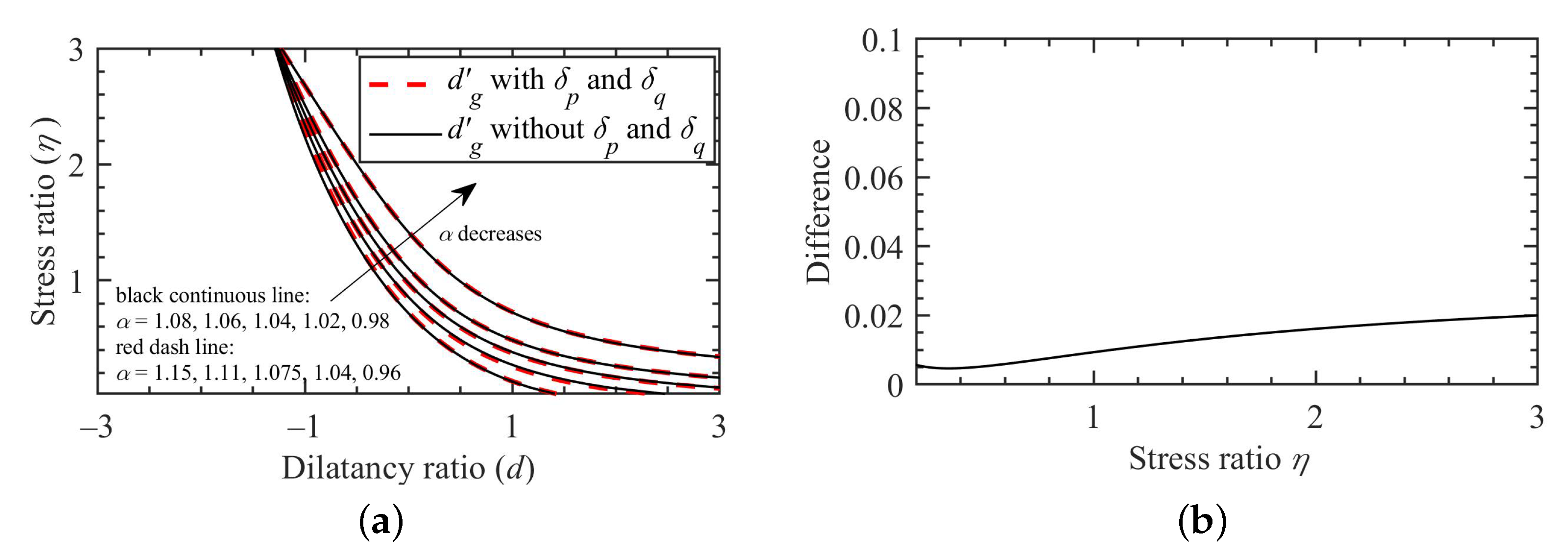
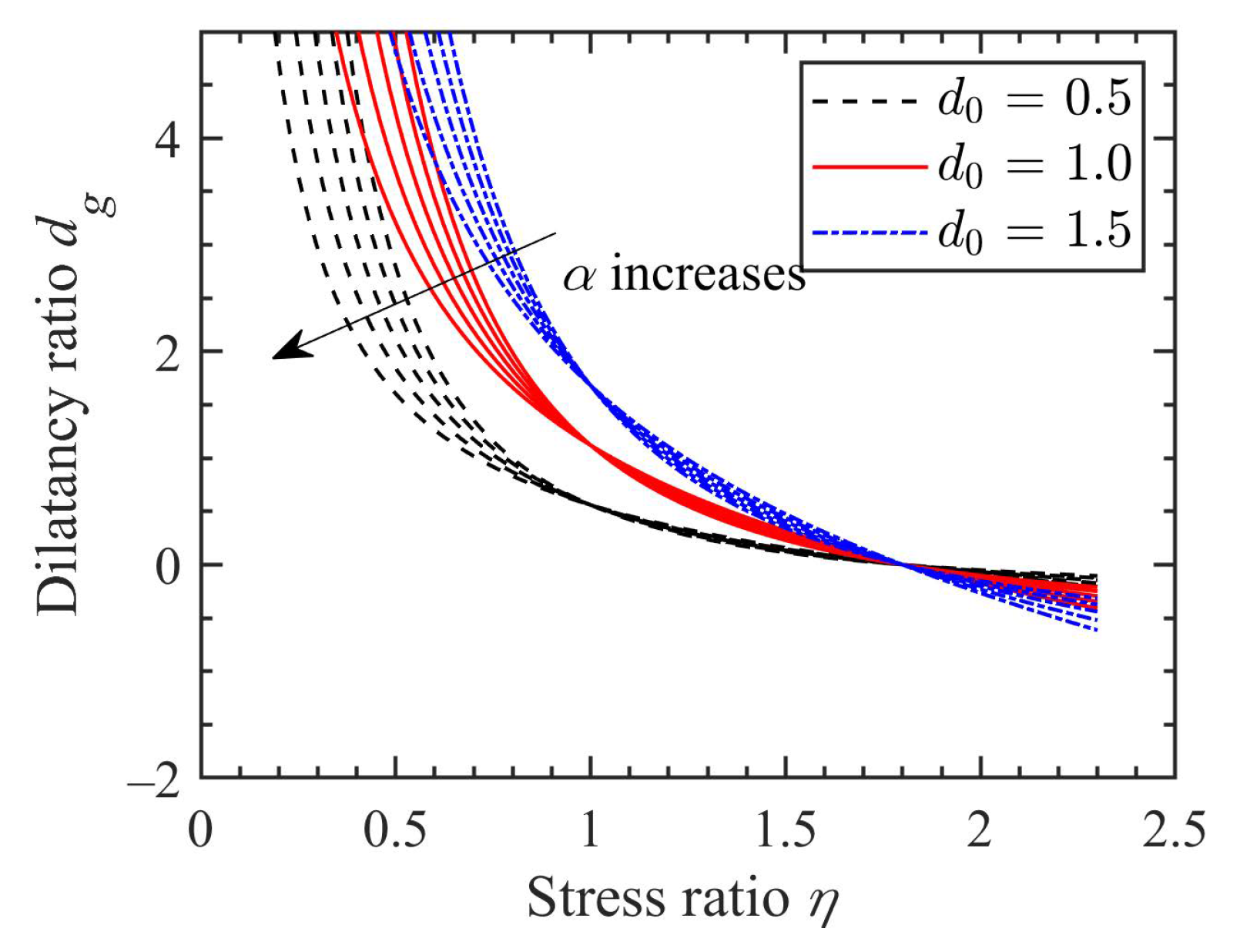
Publisher’s Note: MDPI stays neutral with regard to jurisdictional claims in published maps and institutional affiliations. |
© 2022 by the authors. Licensee MDPI, Basel, Switzerland. This article is an open access article distributed under the terms and conditions of the Creative Commons Attribution (CC BY) license (https://creativecommons.org/licenses/by/4.0/).
Share and Cite
Qu, P.; Sun, Y.; Sumelka, W. Review on Stress-Fractional Plasticity Models. Materials 2022, 15, 7802. https://doi.org/10.3390/ma15217802
Qu P, Sun Y, Sumelka W. Review on Stress-Fractional Plasticity Models. Materials. 2022; 15(21):7802. https://doi.org/10.3390/ma15217802
Chicago/Turabian StyleQu, Pengfei, Yifei Sun, and Wojciech Sumelka. 2022. "Review on Stress-Fractional Plasticity Models" Materials 15, no. 21: 7802. https://doi.org/10.3390/ma15217802





